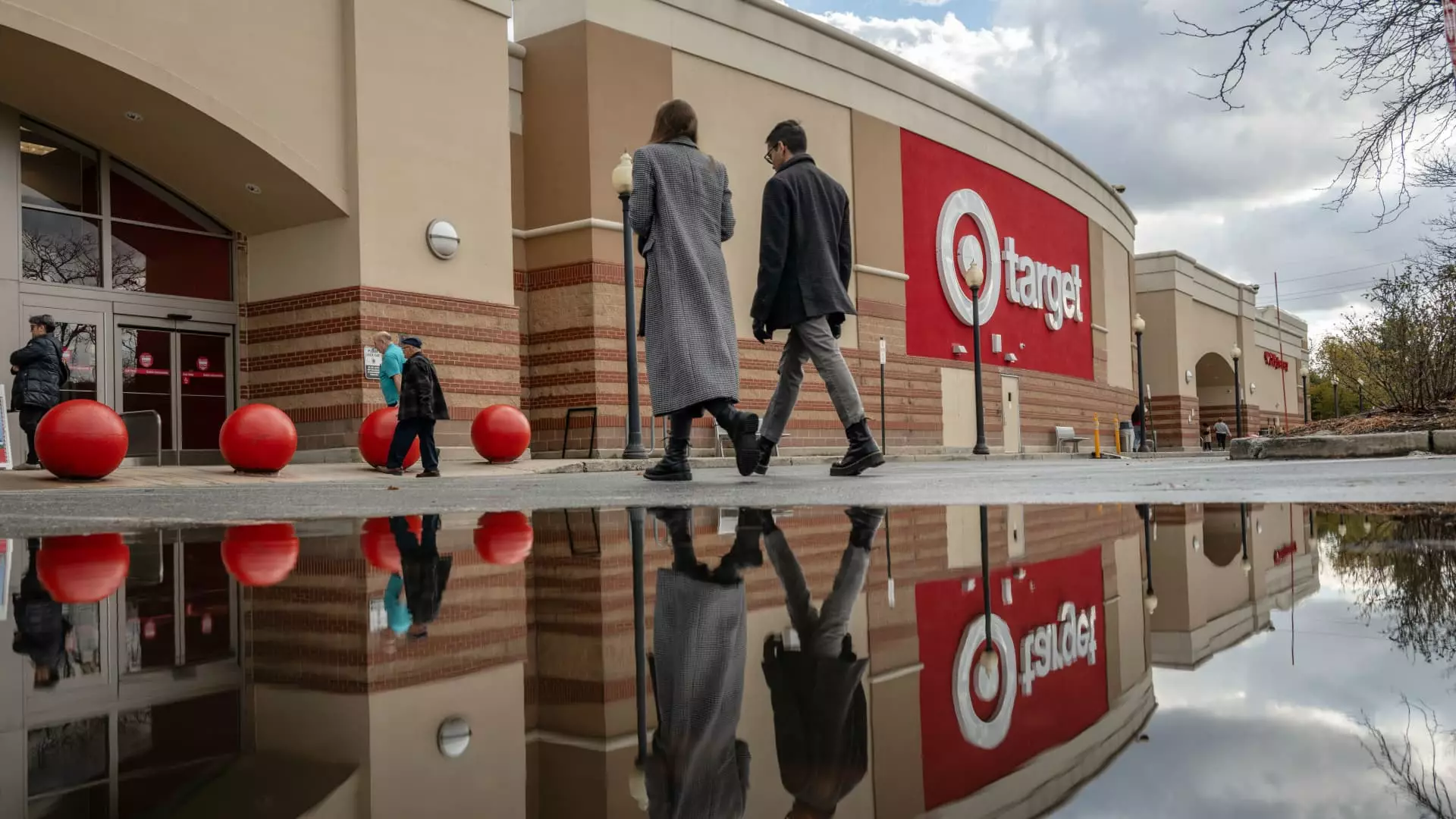The holiday season is upon us, and with it comes a unique set of challenges and opportunities for retailers eager to entice consumers to spend. In what should be a bustling time of year for sales, the divide between thriving brands and those struggling to connect with shoppers has never been more pronounced. As families weigh their spending options amidst persistent inflation and economic uncertainty, retailers are left to strategize more than ever before to stake their claim in this competitive market.
Despite the potential for increased consumer spending during the holidays, several well-known retailers have reported disappointing earnings. Target, Kohl’s, and Best Buy have found themselves struggling, as early holiday promotions failed to yield significant increases in sales. These disappointing results paint a sobering picture as the holiday season progresses, highlighting a stark divide in consumer behavior. On the bright side, retailers like Walmart, Dick’s Sporting Goods, and Abercrombie & Fitch have experienced notable sales growth, indicating that while some brands falter, others flourish.
This divergence is intricately linked to the evolving shopping habits of consumers wary of inflationary pressures that have been affecting budgets for over two years. According to Neil Saunders, managing director of GlobalData Retail, shoppers have become increasingly selective, often opting for fewer, more meaningful purchases. “Instead of buying five items, they may only opt for three,” he remarked. “In a marketplace where choices abound, consumers have started to prioritize their purchases, cutting back on spending at retailers they perceive to be weaker.”
Looking ahead, the National Retail Federation (NRF) anticipates that holiday spending in November and December will see an increase of 2.5% to 3.5% compared to the previous year, amounting to roughly $979.5 billion to $989 billion. While these figures suggest growth, they are a noticeable decline from the previous year’s 3.9% spike. This slowing momentum reflects the ongoing cautiousness of consumers, even as inflationary pressures seem to ease slightly.
Yet the outlook for specific retailers varies: Dick’s Sporting Goods and Abercrombie & Fitch have raised their forecasts for the holiday quarter, signaling confidence in their product offerings. Abercrombie’s COO Scott Lipesky expressed enthusiasm about their holiday readiness, suggesting that the company had observed a strong response to seasonal assortments. Conversely, Nordstrom and Walmart have tempered their expectations, noting slow shopping trends towards the end of October, which tempered their forecasts accordingly.
As the holiday shopping season progresses, retailers must adapt to changing consumer preferences, which increasingly lean towards value and practicality. With shoppers more inclined to purchase items that offer functional benefits over frivolous goods, the relevance of products has never mattered more. According to retail expert Marshal Cohen, shoppers are looking for “the best bang for the buck,” indicating a shift toward quality and practicality in gift-giving trends.
Target has recognized these shifts and is attempting to capture consumer interest by introducing exclusive merchandise inspired by popular culture, including collaborations with Universal’s “Wicked” and limited editions for Taylor Swift’s fans. These strategic moves indicate an understanding of the evolving consumer landscape, where connection to broader cultural trends can incentivize purchases.
One critical concern for retailers this holiday season revolves around inventory management. Some businesses may have over-purchased inventory or miscalculated the appeal of their product assortments. At Kohl’s, for example, a surplus of clothing and small appliances could lead to extensive clearance markdowns if consumer traffic does not increase significantly.
Experts warn that retailers must remain agile and responsive to shifts in shopping behavior. If the anticipated consumer traffic does not materialize, many brands could face the prospect of backlogged inventory, leading to potential financial losses as they scramble to offload excess stock.
Throughout this holiday season, retailers will likely juggle the expectations of their consumers with the realities of the market. The pressure to deliver value will remain paramount as shoppers fundamentally rethink what constitutes a sensible purchase. Retailers may be tempted to lean on external factors—like weather or supply chain issues—to explain any shortfalls in sales, a common narrative within the industry.
Ultimately, the key to success this holiday season lies in understanding the psychology of today’s consumer. Retailers need not only to offer competitive prices but also to convey the intrinsic value of their products, providing shoppers with compelling reasons to choose their stores over others. As the holiday season unfolds, it will be interesting to observe which retailers thrive and which will falter in the hands of discerning consumers during this unique and economically sensitive period.


Leave a Reply